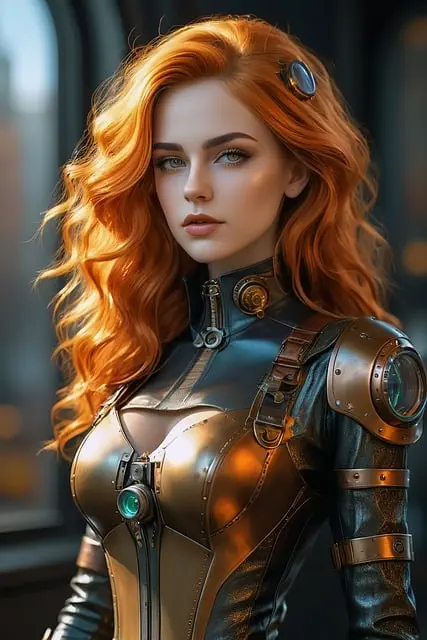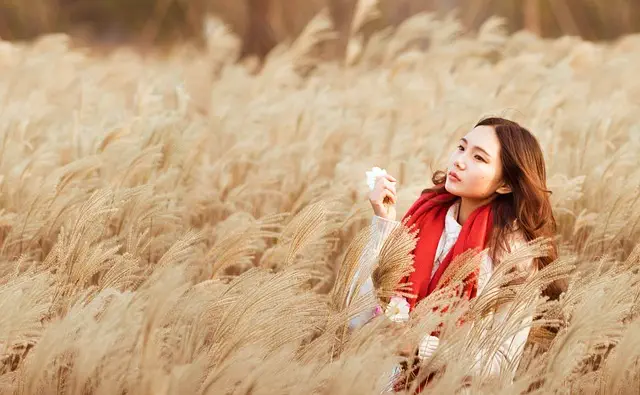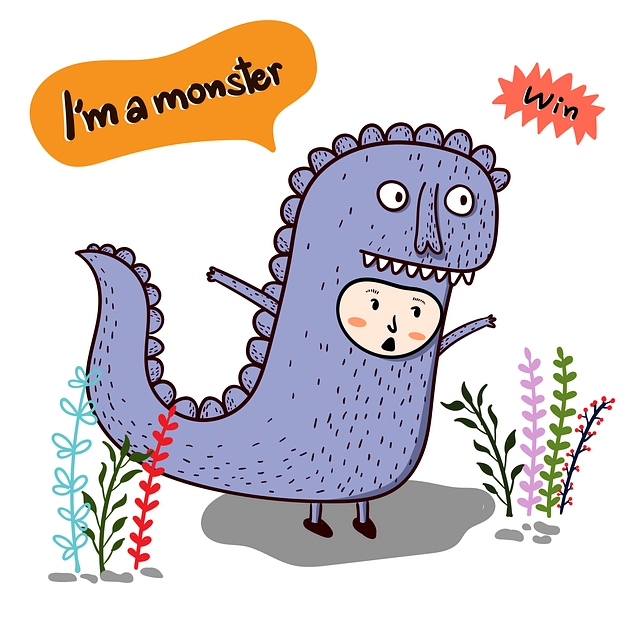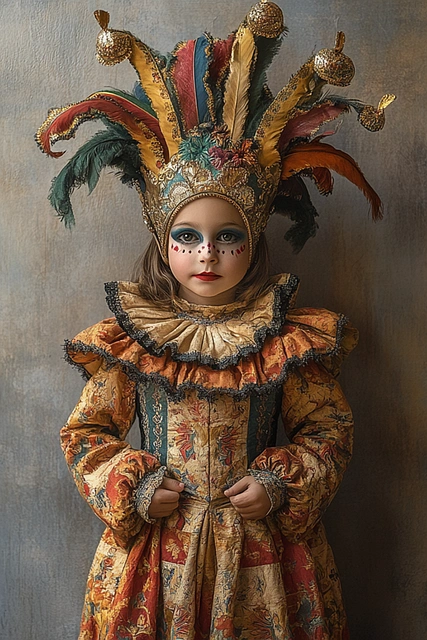Over the centuries, girls' costumes have been a reflection of societal shifts and the evolving roles of young women. From the modest attire of the early 19th century to the playful and practical garments of the 20th, through the vibrant expressions of the '60s and '70s, and up to today's multifaceted choices that celebrate individuality. Today, girls' costumes are at the forefront of a fashion revolution, seamlessly blending everyday wear with themed attire for versatility and imaginative play. Innovations in fabric technology have introduced sustainable materials that are both eco-friendly and long-lasting, while technological advancements like AR and VR enhance costumes to offer immersive experiences that educate as well as entertain. This synergy of sustainability and innovation positions girls' costumes at the intersection of cultural exploration, personal expression, and educational tools within the realm of children's fashion.
Exploring the dynamic realm of children’s fashion, this article takes a close look at the transformative trends shaping girls’ costumes. From their historical roots to contemporary designs influenced by culture and technology, we delve into how these garments reflect societal shifts and individual expression. Join us as we examine the evolution from everyday wear to festive attire and the impact of sustainable practices and technological advancements on the future of girls’ costume trends.
- The Evolution of Girls' Costumes in Children's Fashion: A Historical Perspective
- Current Trends in Kids' Costume Design: From Everyday Wear to Festive Attire
- Cultural Influences on Girls' Costumes: Celebrating Diversity Through Clothing
- The Role of Technology and Sustainability in Shaping Future Costume Trends for Girls
The Evolution of Girls' Costumes in Children's Fashion: A Historical Perspective
The evolution of girls’ costumes in children’s fashion over the centuries reflects broader societal changes and the shifting roles and expectations placed upon young women. Historically, girls’ attire often mirrored that of adult females, with a focus on modesty and formality due to social norms. In the early 19th century, dresses for girls were similar to those worn by their mothers, characterized by empire waistlines, puffed sleeves, and high necklines. The mid-1800s saw the advent of more practical garments, with the introduction of frocks that allowed for greater mobility as children’s activities became more varied.
As time progressed into the 20th century, girls’ costumes began to diverge from adult fashions, emphasizing playfulness and youth. The early 1900s brought about lighter, more comfortable fabrics, and by the 1920s, the flapper style influenced children’s fashion with shorter dresses and less restrictive silhouettes. The mid-century saw a return to more modest styles, often featuring dresses with full skirts and peter pan collars, reflecting the post-war conservatism. In the 1960s and 70s, fashion for girls became more colorful and diverse, with the introduction of mini-dresses, bell bottoms, and patterns that allowed for personal expression. The 80s and 90s introduced a range of new characters from movies and television shows, which influenced girls’ costumes, leading to the popularity of themed dresses and accessories. Today, girls’ costumes are more varied than ever, with options ranging from traditional dresses to contemporary streetwear, all designed to cater to the diverse interests and identities of young girls. Keyword: girls costume.
Current Trends in Kids' Costume Design: From Everyday Wear to Festive Attire
This season, the realm of kids’ costumes has witnessed a dynamic shift, blending the boundaries between everyday wear and festive attire with an ease that captures the imagination of young and old alike. The trend towards incorporating elements from daily garb into costumes has led to a newfound versatility in girls’ costumes, making them suitable for playtime as well as special occasions. Designers are infusing everyday fashion staples into their creations, such as denim jackets with playful embellishments or t-shirts featuring iconic characters, breathing life into classic ensembles. This fusion not only elevates the fun factor but also offers a seamless transition from regular activities to themed events without the need for a complete wardrobe change.
Furthermore, the festive attire space has seen a surge in demand for costumes that tell a story or represent a character from a beloved book, movie, or TV show. Girls’ costumes, in particular, are crafted to be as enchanting and empowering as they are visually striking. From superhero capes to fairy wings, each element is carefully considered to enhance the role-playing experience, allowing children to immerse themselves in their chosen narrative. The integration of interactive features like sound effects or LED lights adds an element of wonder, making these costumes a hit not just for Halloween but throughout the year at themed parties and cosplay events.
Cultural Influences on Girls' Costumes: Celebrating Diversity Through Clothing
Girls’ costumes often reflect a vibrant tapestry of cultural influences, weaving narratives and celebrations into the fabric of childhood imagination. The costume choices for girls are not merely about fashion; they are a means to honor and explore diverse heritages and traditions. From the intricate henna-inspired patterns on a Bollywood-themed ensemble to the regal silhouette of a traditional kimono that transports a young wearer to the land of the rising sun, these garments serve as gateways to understanding and appreciation of different cultures. The global market for girls’ costumes has seen a significant rise in designs that celebrate diversity, with outfits inspired by indigenous art, African Ankara prints, and the bold colors and patterns of Latin American folklore. These costumes allow girls to don the attire of their peers worldwide, fostering inclusivity and global awareness from an early age. As a result, the costume industry is evolving, offering designs that not only cater to the whims of fashion but also educate and inspire through the rich cultural narratives they represent. Keywords: girls costume, cultural influences, diversity in clothing, global market for costumes.
The Role of Technology and Sustainability in Shaping Future Costume Trends for Girls
The intersection of technology and sustainability is becoming increasingly pivotal in shaping the future of children’s fashion, particularly within the realm of girls’ costumes. Advancements in fabric technology have led to the development of materials that are not only comfortable and durable but also eco-friendly, reducing the environmental impact associated with traditional manufacturing processes. These innovative fabrics often incorporate recycled fibers, natural dyes, and biodegradable elements, setting a precedent for sustainable practices in the industry.
In parallel, the integration of technology in creating girls’ costumes has opened new avenues for personalization and interactive play. Augmented reality (AR) and virtual reality (VR) are being used to enhance the costume-wearing experience, allowing young girls to immerse themselves in fantastical worlds through their attire. This immersive technology not only fuels imaginative play but also encourages an interest in STEM subjects from a young age. Moreover, as these technologies advance, they promise to align even more closely with sustainable practices, ensuring that the costumes of tomorrow are both technologically enriched and kind to the planet. The synergy between technology and sustainability is thus poised to redefine the landscape of girls’ costume trends, offering innovative solutions that cater to the needs of modern consumers who value both functionality and environmental stewardship.
The dynamics of children’s fashion, particularly within the realm of girls’ costumes, reveal a rich tapestry of historical evolution, current trends, cultural influences, and future potentials shaped by technology and sustainability. As we’ve explored, the historical perspective shows a fascinating trajectory of how girls’ costumes have adapted to reflect societal values and creative expressions. Today’s landscape of kids’ costume design is as varied as it is vibrant, with everyday wear seamlessly transitioning into festive attire that captures the imagination of young girls everywhere. Furthermore, cultural diversity is celebrated and reflected in the designs, offering a broader spectrum of representation. Looking ahead, the integration of technology and a commitment to sustainability promise to usher in an era of innovation, ensuring that girls’ costumes continue to be both exciting and environmentally conscious. As this article has demonstrated, the journey of girls’ costumes in children’s fashion is one of continuous transformation, deeply rooted in history yet ever-evolving towards a more inclusive and sustainable future.





